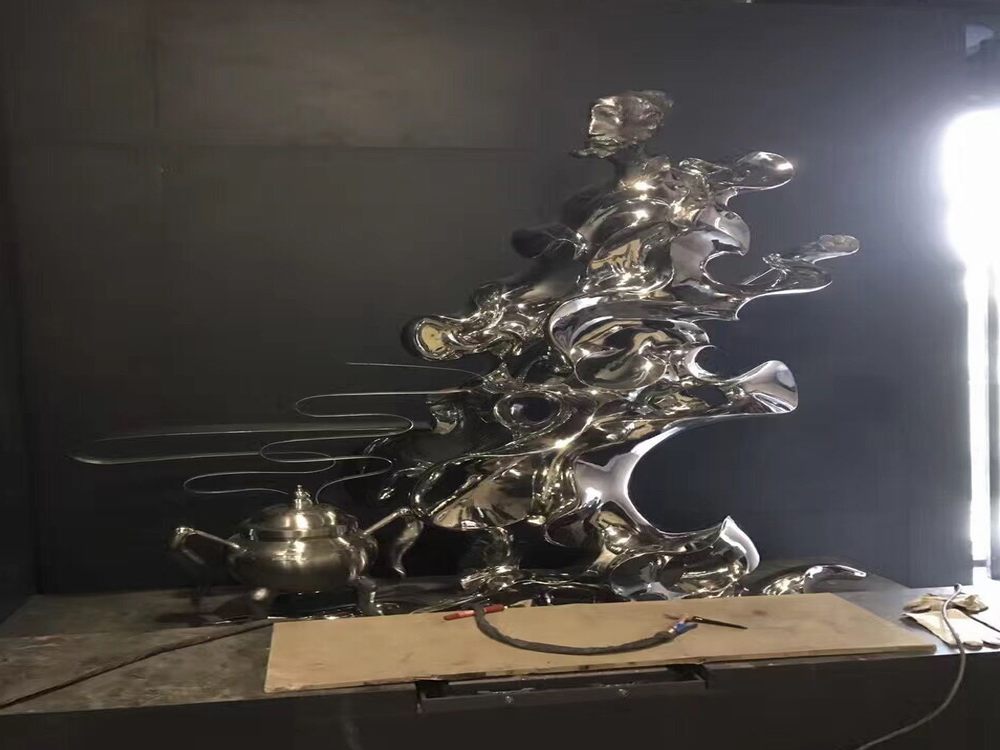
Porcelain and ceramic sculptures may appear similar, but their material properties differ significantly, influencing their artistic applications and longevity.
1. Clay Composition: Porcelain is made from refined kaolin clay, giving it a smooth, translucent quality. Ceramic sculptures typically use earthenware or stoneware clay, resulting in a denser, more opaque finish.
2. Firing Temperature: Porcelain requires higher firing temperatures (1,200–1,400°C), making it harder and more durable. Ceramics are fired at lower temperatures (900–1,200°C), leaving them slightly more porous.
3. Durability: Porcelain’s high-density structure resists chipping and moisture, ideal for delicate sculptures. Ceramic art, while sturdy, is more prone to wear over time due to its porosity.
4. Aesthetic Appeal: Porcelain’s smooth surface allows for intricate detailing, while ceramics offer a rustic, textured look favored in traditional art forms.
Understanding these differences helps artists select the right medium for their creative vision.

